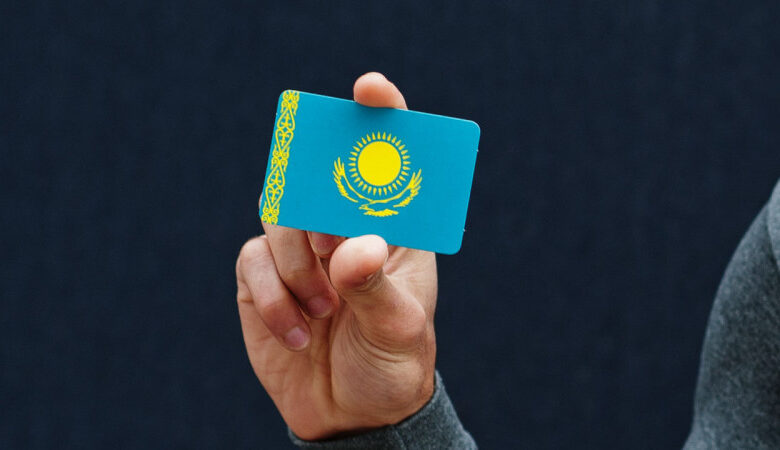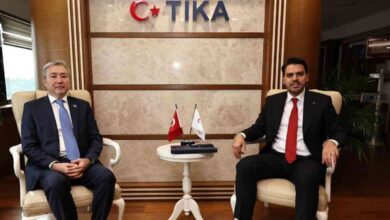
As of the beginning of 2024, a total of 14,391 ethnic Kazakhs have returned to their ancestral homeland, Kazakhstan, and have been granted “Kandas” status, according to the Ministry of Labor and Social Protection of Kazakhstan.
This year, most of the new arrivals came from China (45.8%), followed by Uzbekistan (39%), Mongolia (5.9%), Turkmenistan (5.2%), Russia (2.9%), and other countries (1.2%).
As of October 1, 2024, the demographic breakdown shows that 57.6% of the migrants are of working age, 33.1% are minors, and 9.3% are pensioners. Among those of working age, 17.9% have higher education, 24.4% have secondary specialized education, 54.4% possess general secondary education, and 3.3% have no formal education.
The majority of the new settlers have been distributed across various regions in Kazakhstan. To address labor shortages, the government has identified six regions for the resettlement of kandas: Akmola, Abay, Kostanay, Pavlodar, East Kazakhstan, and North Kazakhstan. The quota for 2024 in these regions is set at 3,033 people, with 2,477 already resettled as of October.
Kandas resettling in these areas receive state support, including a relocation subsidy of 70 MCI (258,400 tenge) per family member and monthly assistance for housing and utilities ranging from 55,300 to 110,700 tenge for one year. In 2024, 2,140 kandas have benefited from various support measures, with 575 securing permanent employment.
To further facilitate voluntary resettlement, an “economic mobility certificate” has been introduced, covering up to 50% of housing costs or up to 4.28 million tenge per family. Additionally, a “one-stop shop” mechanism for kandas status applications through Kazakh embassies has been piloted, allowing applicants to secure status without entering the country. So far, 19,022 applications have been submitted through this new system.



